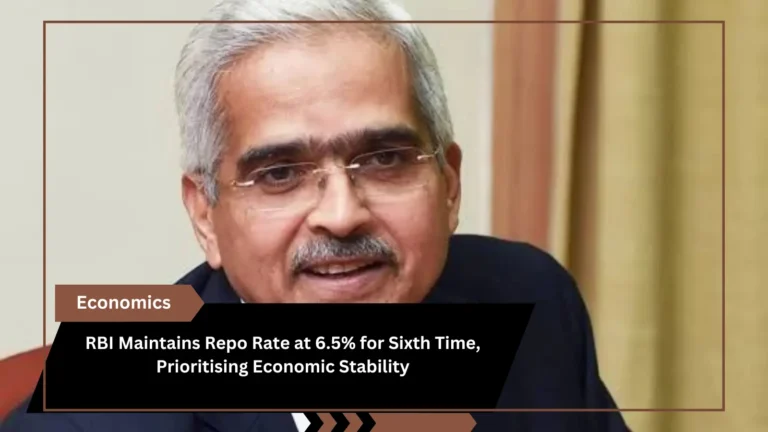By Shweta Patil
In a noteworthy revelation, the Central Board of Direct Taxes (CBDT) has unveiled data showcasing a significant upsurge in India’s tax base from the Assessment Year (AY) 2013-14 to AY 2021-22. These statistics not only depict the resilience of India’s economy but also unveil an array of potential benefits for the nation’s financial landscape. The following article delves into the implications of this widening tax base and the measures being adopted to sustain this growth.
Rising Returns and Income
One of the most striking revelations in the CBDT data is the remarkable increase in the number of returns filed by individual taxpayers, which surged by a whopping 90%, reaching a staggering 6.37 crore. This surge is indicative of an increasing culture of tax compliance and a willingness among citizens to participate in the nation’s fiscal responsibility.
Furthermore, the average gross total income for individual taxpayers witnessed a substantial 56% increase, reaching around Rs 7 lakh. This underlines the resilience and economic progress India has achieved over these years. It showcases the growing prosperity of the Indian population.
Divergent Income Growth Trends
The data also reveals that while the average gross total income of the top 1% of individual taxpayers increased by 42%, the same for the bottom 25% of taxpayers soared by 58%. This income divergence is a key indicator of the need for a fair and progressive taxation system that ensures a more equitable distribution of wealth and income.
Changing Proportions in Contribution
In a somewhat surprising revelation, the data highlights a decrease in the proportionate contribution of the gross total income from the top 1% of individual taxpayers. Their contribution has dwindled from 15.9% to 14.6%. On the other hand, the bottom 25% of taxpayers have marginally increased their contribution from 8.3% to 8.4%. The middle 74% of taxpayers have also contributed more, increasing their share from 75.8% to 77%. This shift in contribution patterns underscores the need for a more balanced tax regime and the importance of ensuring that the wealthy shoulder their fair share of the tax burden.
Significance of a Widening Tax Base
Widening the tax base has numerous advantages for the government and the country as a whole. It enhances the government’s capacity to fund social and physical infrastructure, which is crucial for the nation’s growth and development. A broader tax base increases the possibility of lowering tax rates and cesses, making the tax regime more attractive and less burdensome for the average taxpayer. Additionally, it aids in better planning and budgeting for the fiscal year, providing a more stable and predictable revenue stream for the government.
Measures to Boost the Tax Base
To sustain and further expand the tax base, the government is implementing a series of measures. These include promoting voluntary compliance among taxpayers, simplifying the filing process, and pursuing potential non-filers more rigorously. Encouraging individuals and businesses to comply with tax regulations is essential for the continued growth of the tax base, ensuring the nation’s fiscal health and prosperity.
The widening of India’s tax base is a promising sign of economic growth and improved fiscal responsibility among citizens. It signifies a nation on the rise, with the potential to fund essential infrastructure, lower tax rates, and better plan for the future. However, it also highlights the need for a fair and balanced tax system to ensure that the benefits of this growth are shared equitably across society. As India’s tax base continues to expand, it offers a brighter future for the nation and its citizens.




















